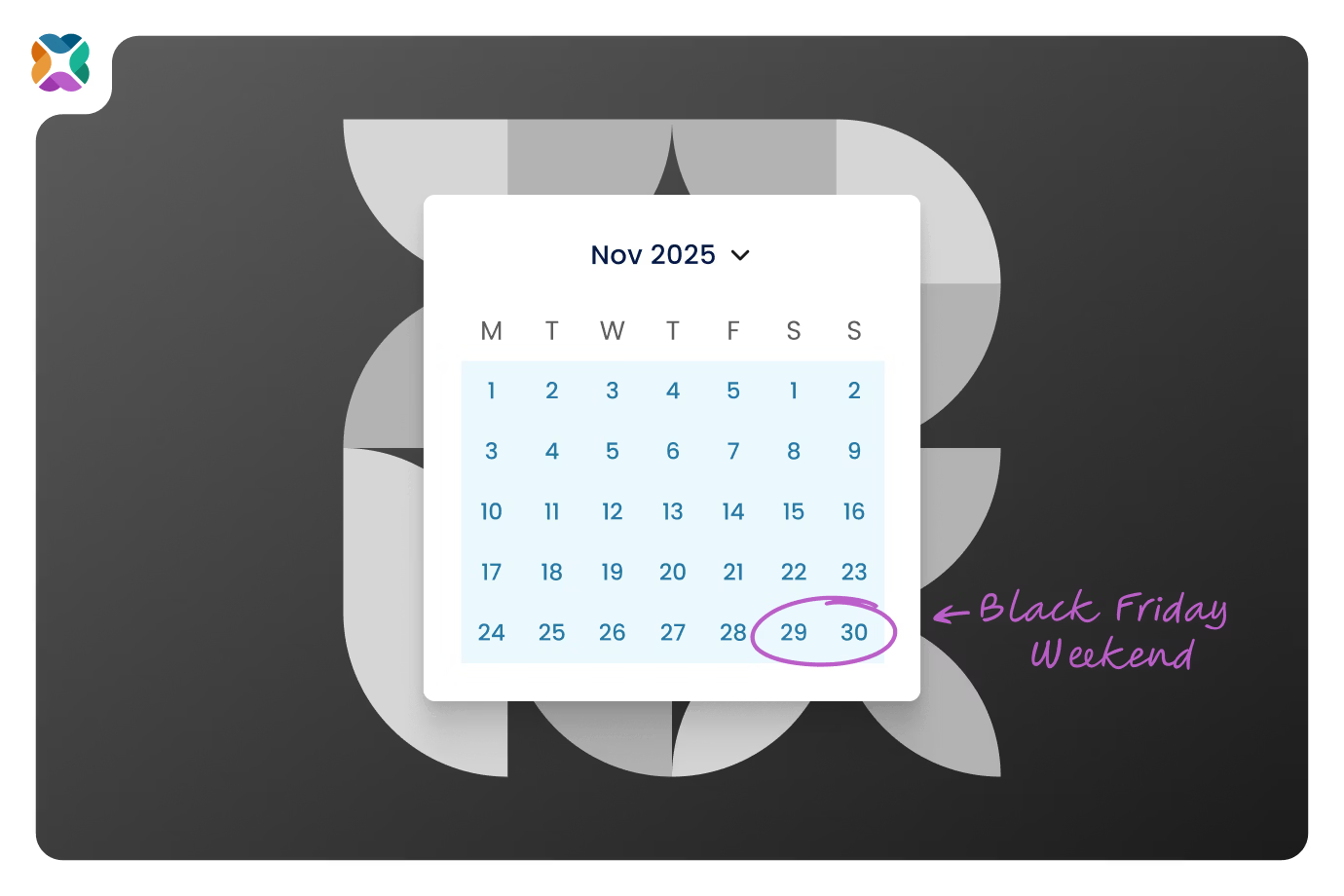Why Performance Validation Isn’t Always Simple
On paper, comparing planned trips with real-world journeys sounds straightforward. In practice, it’s rarely that easy.
Scheduled trips are built on planned routes and timetables, but what actually happens on the road or tracks can vary significantly. Traffic fluctuations, weather impacts, driver availability, and unforeseen incidents all influence service delivery. When trips don’t align with the schedule, delays, early arrivals, and route deviations can cascade into passenger dissatisfaction and operational inefficiencies.
Though the concept of comparing scheduled and actual trips is straightforward, the reality is often complicated. Many agencies and operators still rely on manual analysis to bridge this gap - cross-referencing spreadsheets, checking logs, and reconciling data from multiple sources. This process is not only time-consuming and error prone but can delay operational improvements and strain internal resources. The challenge is even greater for agencies and operators using older systems or fragmented data sources, where building a full view of performance becomes a cumbersome task that no-one looks forward to.
From Network-Wide Validation to Stop-Level Insights
Mosaiq takes the pain out of this this entire process. The Mosaiq Transit Intelligence Suite makes it faster and easier for transit agencies and operators to understand how their services are performing on the ground. By bringing scheduled and actual performance data into one clear view, it helps teams quickly spot where services are running well - and where issues are starting to appear - from network-wide trends down to individual stop performance.
With Stop Details, transit teams can drill down into stop-level performance, comparing scheduled arrival and departure times with what’s actually happening on the ground. Whether it’s identifying if the 8am service consistently runs late at a particular stop, spotting irregular gaps between services, or understanding performance patterns on specific days, Mosaiq delivers a level of detail that was previously out of reach.
Alongside this, Running Times tracks how long vehicles take to travel between stops. This makes it easy to see where services are falling behind schedule, where timetable allowances might be too tight, or where persistent traffic delays are creating bottlenecks. Because these trends are tracked over time, agencies and operators can spot recurring issues and make proactive adjustments to improve day-to-day reliability.
By combining network-wide validation with granular stop-level and journey insights, Mosaiq gives transit teams a complete picture of how services are performing - and why they’re deviating from plan. This fast, data-driven approach eliminates manual guesswork and enables your team to focus on delivering consistent, high-quality service.
And with flexible configuration designed for networks of all sizes - from regional bus operators to large metropolitan systems - Mosaiq ensures every agency and operator can unlock these insights regardless of their operational scale or complexity.
Turning Data into Real-World Improvements
The value of validating scheduled versus actual transit performance extends beyond identifying discrepancies. Mosaiq’s insights help you uncover systemic issues - whether related to traffic congestion, driver behaviour, or operational constraints - that affect reliability.
With accurate, timely data, planners can redesign schedules that reflect actual conditions, while operations managers can target interventions that reduce delays and improve efficiency. This leads to a more reliable transit network, higher passenger satisfaction, and smarter resource use.
Ready to Gain Confidence in Your Transit Network’s Performance?
Validating how closely your transit network runs to plan no longer needs to be a manual, error-prone process that your team dread. Mosaiq’s transit intelligence platform transforms it into a fast, data-driven workflow that delivers meaningful insights and drives continuous improvement. Your team can put their time and energy into making your network better, instead of wrestling with a manual process.
If you want to boost reliability, improve passenger experience, and make smarter operational decisions, Mosaiq is here to help. Contact us today or book a demo to learn more and start your journey toward optimised transit performance.











